The agricultural history of India is a tapestry woven with the threads of diverse cultures, climatic conditions, and innovative practices that have evolved over millennia. Ancient farming in India is not merely a historical footnote; it is a foundational aspect of the civilization that has shaped its social, economic, and cultural landscapes. The roots of agriculture in India can be traced back to the Indus Valley Civilization, where evidence of sophisticated farming techniques and crop cultivation has been unearthed.
This early agrarian society laid the groundwork for subsequent agricultural practices that would flourish across the subcontinent. Farming in ancient India was characterized by a deep understanding of local ecosystems and a symbiotic relationship with nature. The agrarian lifestyle was not just about sustenance; it was interwoven with religious beliefs, social structures, and community life.
The transition from nomadic hunting-gathering to settled agriculture marked a significant turning point in human history, allowing for population growth and the establishment of complex societies. As we delve into the intricacies of ancient Indian farming, we uncover a rich legacy that continues to influence modern agricultural practices in the region.
Key Takeaways
- Ancient farming in India dates back to around 7000 BCE and played a crucial role in the development of Indian civilization.
- Early agricultural practices in ancient India included the cultivation of wheat, barley, and rice, as well as the domestication of animals such as cattle, sheep, and goats.
- The impact of climate and geography on farming in ancient India was significant, with the monsoon season playing a crucial role in determining the success of crops.
- Technological advancements in ancient Indian farming included the use of irrigation systems, plows, and crop rotation techniques to improve agricultural productivity.
- Crops such as rice, wheat, and millet, as well as livestock such as cattle and elephants, played a vital role in ancient Indian agriculture, providing food, labor, and resources for trade and commerce.
- The legacy of ancient Indian farming practices can still be seen in modern agricultural techniques, as well as in the cultural and religious significance of certain crops and livestock in Indian society.
Early Agricultural Practices in Ancient India
The earliest evidence of agriculture in India dates back to around 7000 BCE, with archaeological findings from sites like Mehrgarh in present-day Pakistan. Here, early farmers cultivated barley, wheat, and pulses, employing rudimentary tools made from stone and bone. These initial agricultural practices were characterized by shifting cultivation, where land was cleared and cultivated for a few years before being left fallow to restore its fertility.
This method allowed communities to adapt to the changing seasons and maintain soil health. As agricultural knowledge expanded, so did the variety of crops cultivated. By around 3000 BCE, the Indus Valley Civilization had developed advanced irrigation systems, enabling farmers to harness river waters for crop production.
The use of canals and reservoirs facilitated the cultivation of rice, cotton, and various legumes. The granaries discovered at sites like Harappa and Mohenjo-Daro indicate that surplus production was common, allowing for trade and the emergence of a more complex economy. This early agricultural framework laid the foundation for the agrarian societies that would flourish in subsequent centuries.
The Impact of Climate and Geography on Farming
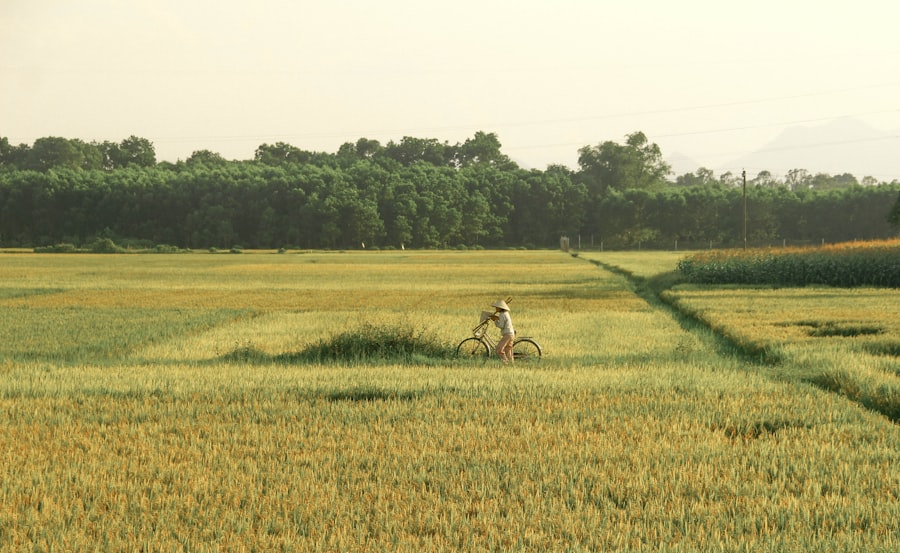
India’s diverse geography and climate have played a pivotal role in shaping its agricultural practices. The subcontinent is characterized by a range of climatic zones, from the arid deserts of Rajasthan to the lush monsoon-fed plains of the Ganges. This variability has led to the cultivation of a wide array of crops suited to different environmental conditions.
For instance, rice thrives in the humid regions of eastern India, while wheat is predominantly grown in the drier northern plains. The monsoon season is particularly crucial for agriculture in India, as it provides the necessary rainfall for crop growth. Ancient farmers developed calendars based on seasonal changes to optimize planting and harvesting times.
They also practiced rainwater harvesting techniques to ensure water availability during dry spells. In contrast, regions with less predictable rainfall patterns relied on drought-resistant crops and innovative irrigation methods. This adaptability to local climatic conditions not only ensured food security but also fostered a deep respect for nature among ancient Indian farmers.
Technological Advancements in Ancient Indian Farming
Technological innovation has always been at the heart of agricultural development, and ancient India was no exception. The use of plows made from wood or metal significantly enhanced farming efficiency. These plows allowed for deeper tillage, improving soil aeration and nutrient availability.
The introduction of iron tools around 1200 BCE marked a turning point in agricultural productivity, as farmers could cultivate larger areas with greater ease. In addition to plowing techniques, ancient Indian farmers employed various methods for soil fertility management. Crop rotation was practiced to prevent soil depletion and control pests.
The incorporation of organic matter through composting enriched the soil, promoting healthier crop yields. Furthermore, ancient texts such as the “Arthashastra” by Kautilya provide insights into agricultural practices and land management strategies that emphasized sustainability and resource conservation.
The Role of Crops and Livestock in Ancient Indian Agriculture
Crops and livestock were integral components of ancient Indian agriculture, each playing a vital role in sustaining rural communities. Major staple crops included rice, wheat, barley, and pulses, which formed the backbone of the diet for many ancient Indians. The cultivation of cash crops like cotton and indigo also emerged as significant economic activities, facilitating trade both within India and with neighboring regions.
Livestock management was equally important; cattle were revered not only as sources of labor but also as symbols of wealth and status. The use of oxen for plowing fields revolutionized farming practices by increasing efficiency and reducing labor intensity. Additionally, livestock provided manure that enriched soil fertility, creating a closed-loop system that benefited both crops and animals.
The interdependence between crops and livestock exemplified a holistic approach to agriculture that prioritized sustainability and resilience.
The Legacy of Ancient Indian Farming Practices

The legacy of ancient Indian farming practices is profound and enduring, influencing contemporary agricultural methods across the subcontinent. Many traditional farming techniques have been preserved through generations, reflecting a deep-rooted connection to the land and an understanding of ecological balance. Practices such as organic farming, crop rotation, and agroforestry can trace their origins back to ancient times, showcasing the wisdom embedded in these age-old methods.
Moreover, ancient Indian texts on agriculture continue to be relevant today. Treatises like “Krishi Parashara” provide insights into sustainable farming practices that align with modern environmental concerns. The emphasis on biodiversity and local seed varieties resonates with contemporary movements advocating for sustainable agriculture and food sovereignty.
As India grapples with challenges such as climate change and population growth, revisiting these ancient practices offers valuable lessons in resilience and adaptability.
The ingenuity of early farmers, their deep understanding of local ecosystems, and their ability to innovate in response to environmental challenges have left an indelible mark on India’s agricultural landscape.
As we explore this rich heritage, we gain insights into sustainable practices that can inform our approach to modern agriculture in an increasingly complex world.
The evolution of farming in ancient India is a fascinating subject that delves into the agricultural practices and innovations that shaped early Indian societies. A related article that might provide additional insights into the broader context of scientific and philosophical advancements is The Impact of Karl Popper’s Falsification on Logical Positivism and the Philosophy of Science. This article explores how scientific theories and methodologies have evolved, which can offer a deeper understanding of how ancient agricultural practices might have been influenced by early scientific thought and experimentation.
FAQs
What is the history of farming in ancient India?
Farming in ancient India dates back to around 6000 BCE, with evidence of early agricultural practices found in the Indus Valley Civilization. The people of this civilization cultivated a variety of crops including wheat, barley, and pulses, and also domesticated animals such as cattle, sheep, and goats.
What were the main crops grown in ancient India?
The main crops grown in ancient India included wheat, barley, rice, millet, and pulses such as lentils and chickpeas. These crops were well-suited to the various climatic conditions across the Indian subcontinent.
How did farming techniques evolve in ancient India?
Farming techniques in ancient India evolved significantly over time. Early agricultural practices involved simple tools such as digging sticks and wooden plows. As civilization progressed, more advanced techniques such as irrigation systems and crop rotation were developed.
What role did agriculture play in ancient Indian society?
Agriculture was the backbone of ancient Indian society, providing sustenance for the population and forming the basis of the economy. The surplus of agricultural produce allowed for the development of trade and commerce, leading to the growth of urban centers and the emergence of complex societies.
What impact did farming have on the development of ancient Indian civilization?
The development of agriculture in ancient India led to the growth of settled communities and the establishment of early urban centers. It also facilitated the rise of social stratification, with specialized labor roles emerging in areas such as farming, trade, and craftsmanship.



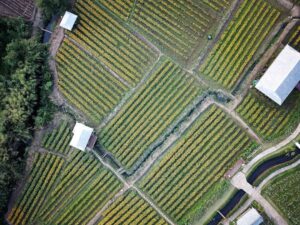







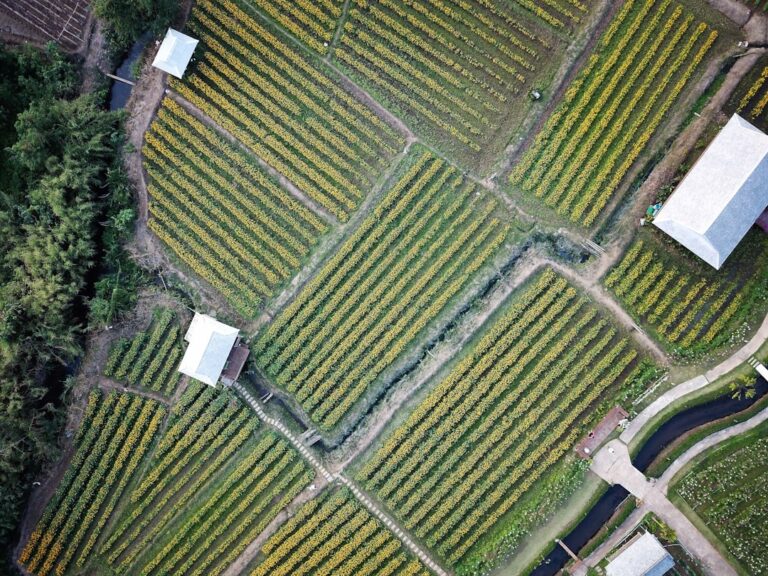
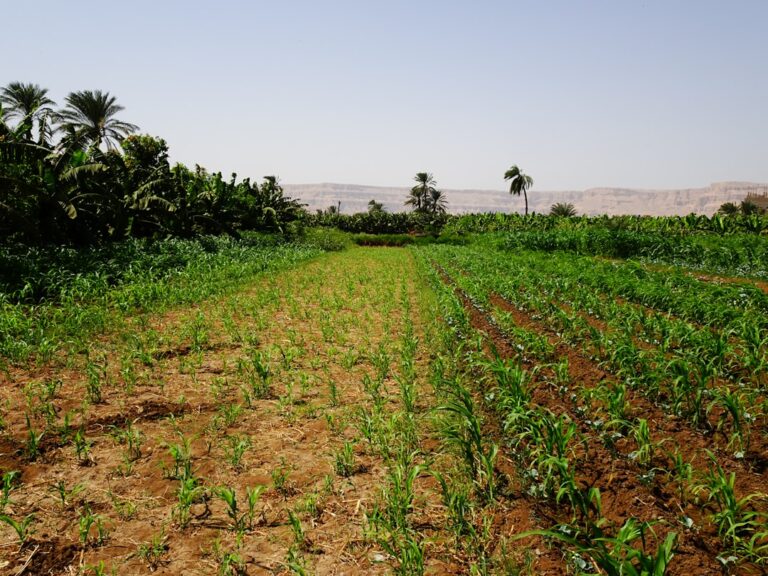
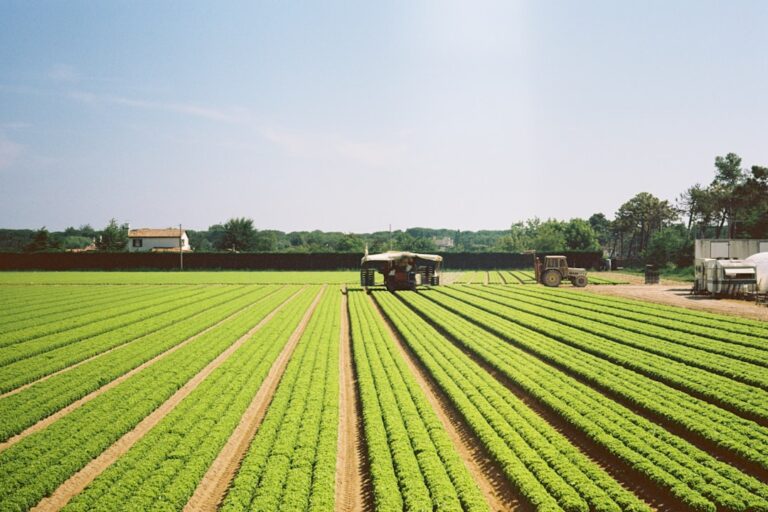









+ There are no comments
Add yours